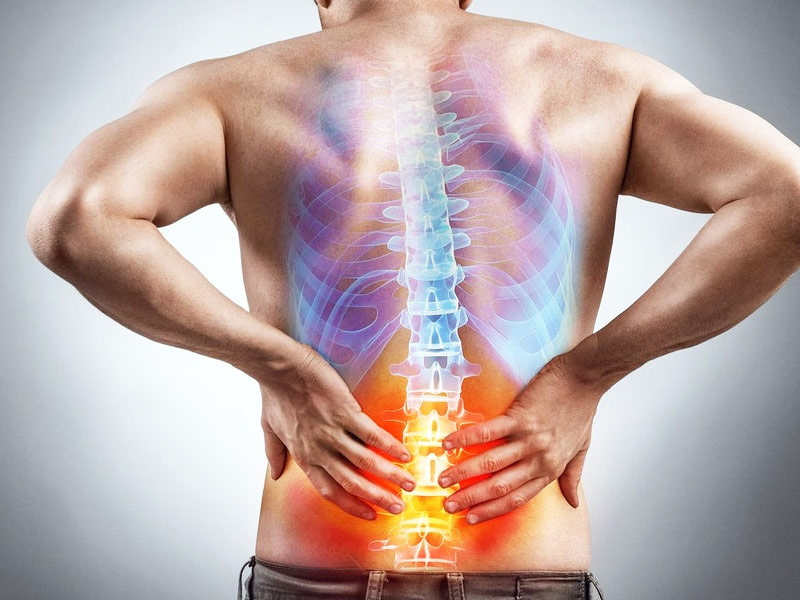Understanding Dermatomyositis
Dermatomyositis primarily affects the skin and muscles, and it is classified as an idiopathic inflammatory myopathy. The exact cause is unknown, but it is believed to involve immune system dysfunction, where the body mistakenly attacks its own tissues. Genetics, environmental factors, and possibly viral infections might contribute to its onset. While it can occur at any age, it is most commonly observed in adults aged 40 to 60 and in children aged 5 to 15.
Recognizing Dermatomyositis Signs
Skin Manifestations
1. Heliotrope Rash
This is a violet or dusky rash that typically appears on the eyelids and around the eyes. It can be one of the earliest indicators of dermatomyositis.
2. Gottron's Papules
These are raised, scaly bumps found over the knuckles, elbows, and knees. They are considered a hallmark of dermatomyositis skin involvement.
3. Shawl Sign and V Sign
These are rashes that appear on the upper back and chest, respectively, often resembling a shawl or V-shaped pattern.
4. Mechanic’s Hands
Rough, cracked skin on the palms and fingers, resembling that of a mechanic, can also occur.
Muscle Weakness: The Hallmark Symptom
Dermatomyositis Symptoms in Adults
Joint Pain and Swelling: An Overlooked Symptom
Complications to Watch: Calcinosis
Diagnosis of Dermatomyositis
-
Blood Tests Elevated levels of muscle enzymes, such as creatine kinase (CK) and aldolase, are common. Autoantibodies like anti-Mi-2 or anti-Jo-1 may also be present.
-
Electromyography (EMG) This test can detect electrical abnormalities in affected muscles, supporting the diagnosis.
-
Muscle and Skin Biopsy A biopsy can provide definitive evidence of muscle inflammation and confirm dermatomyositis skin changes.
-
MRI Magnetic resonance imaging can reveal inflammation and edema in muscles, aiding in diagnosis.
Dermatomyositis Treatment
-
Medications
-
Corticosteroids: These are often the first line of treatment to reduce inflammation and improve muscle strength.
-
Immunosuppressants: Drugs like methotrexate or azathioprine may be used to modulate the immune response.
-
Biologics: In cases resistant to standard treatments, biologic agents such as rituximab might be considered.
-
Physical Therapy Tailored exercise programs are crucial to maintain muscle strength and prevent atrophy.
-
Skin Care Sun protection is essential as UV exposure can exacerbate skin symptoms. Topical treatments and antimalarials like hydroxychloroquine may be prescribed for skin rashes.
-
Monitoring and Support Regular follow-ups with healthcare providers are necessary to monitor disease progression and treatment effectiveness. Support groups and counseling can also provide emotional and psychological assistance.

